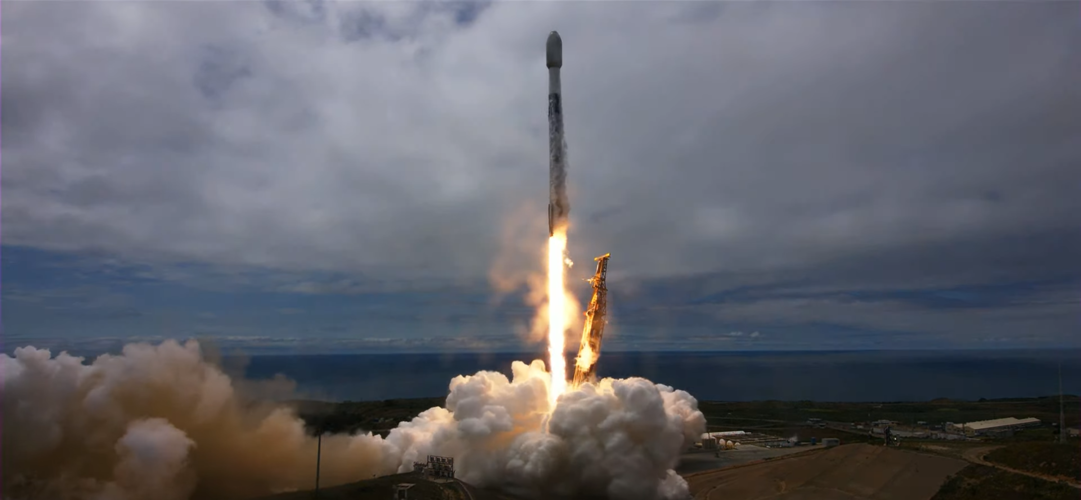Jeroen Cappaert, Chief Technology Officer and co-founder of Spire Global, said: “We are celebrating the culmination of more than three years of work in creating one of the most complex systems from both the hardware and mission perspectives. The use of optical links instead of traditional radio frequency links leads to higher resiliency to interference, higher security and higher efficiency.
“We are one of the first to successfully qualify and demonstrate this technology in our satellite size and weight class – our part in a growing trend, as the space industry is moving to optical links as the backbone for sending data. The successful execution of this programme at this accelerated timeline would not have been possible without the expert support of ESA and the UK Space Agency.”
Craig Brown, Director of Investment at the UK Space Agency, said: “The successful launch of these two Glasgow-made satellites from Spire Global marks a milestone, not just for the company, but for how we look at intersatellite communications and make these technologies more efficient. Such leading-edge technology offers an exciting opportunity for the UK to thrive in the commercial space age while remaining committed to reducing impact on the planet.
“The UK Space Agency provided £2.9 million towards the project, which includes five satellites across three launches, through ESA’s ARTES Pioneer Programme, dedicated to supporting new commercial opportunities in the telecommunications sector. We look forward to following the next steps of Spire Global’s journey and seeing the results.”
Javier Benedicto, acting Director of Connectivity and Secure Communications at ESA, said: “ESA’s Pioneer Partnership Projects increase the competitiveness of the European space industry by supporting the emergence of new space mission providers. We are delighted to work with Spire Global and the UK Space Agency to foster innovation to enable the European space industry to succeed in highly competitive global markets.”



